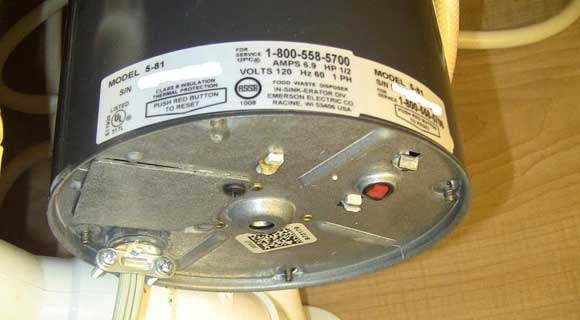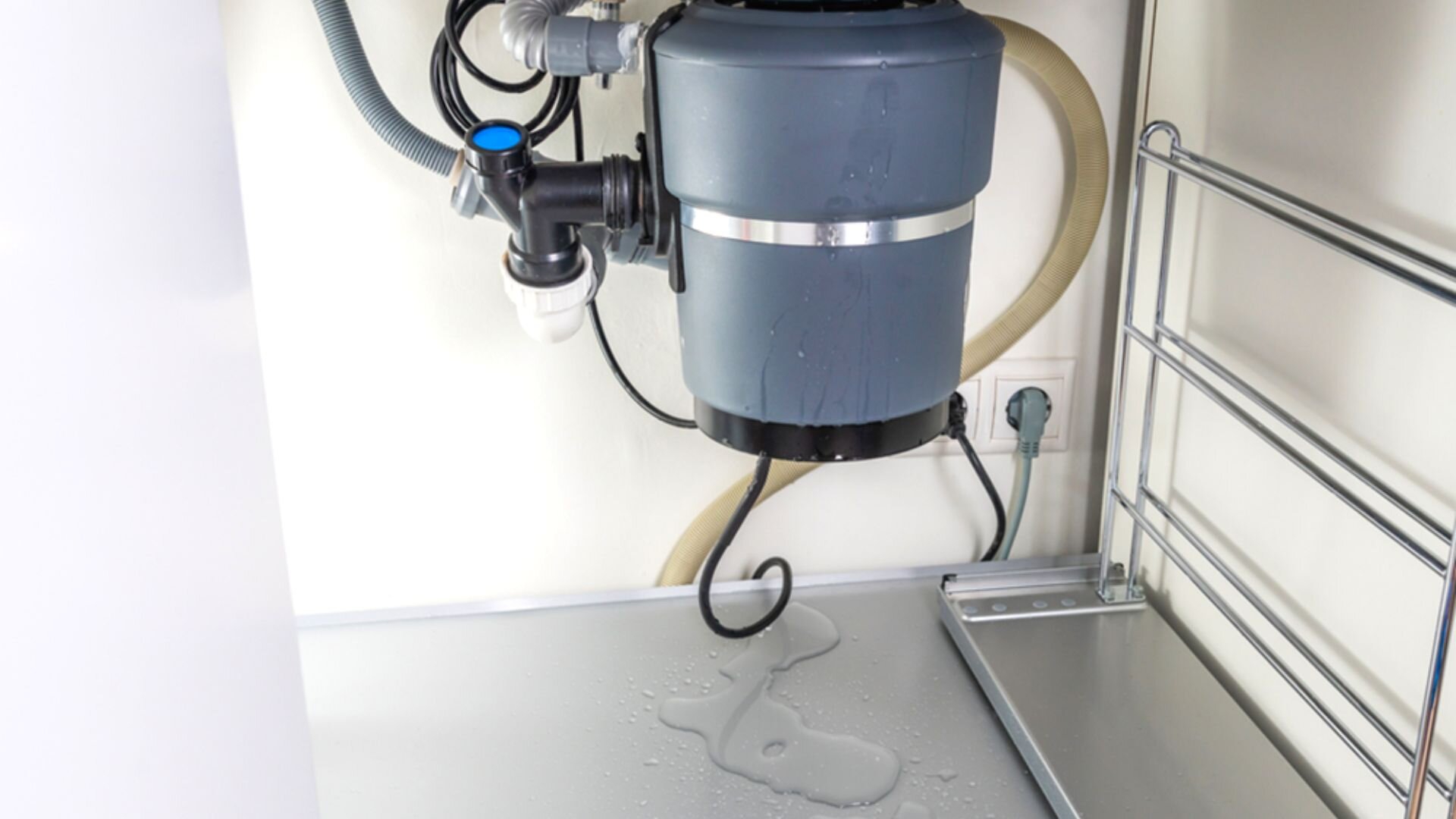Useful Techniques for Repairing a Dripping Garbage Disposal
Useful Techniques for Repairing a Dripping Garbage Disposal
Blog Article
Presented here below you will find a bunch of worthwhile ideas about The Handy Guide To Fixing Your Garbage Disposal Leaking.

Garbage disposals are crucial cooking area appliances that help in getting rid of food waste efficiently. Nonetheless, a leaking garbage disposal can be a frustrating and untidy trouble to take care of. Thankfully, lots of leakages can be repaired conveniently with a few easy actions. In this article, we will certainly review how to repair a dripping waste disposal unit effectively.
Introduction
Garbage disposals are set up under kitchen area sinks and are created to shred food waste right into smaller pieces, allowing it to pass through the plumbing system easily. While these tools are usually dependable, leaks can occur in time due to damage, loosened connections, or damages to the device.
Common Root Causes Of Leaks in Rubbish Disposals
Worn Seals and Gaskets
Seals and gaskets play an essential function in preventing water from dripping out of the waste disposal unit. Gradually, these parts can deteriorate, resulting in leakages around the disposal device.
Loose Connections
The connections in between the garbage disposal and the pipes system can come to be loosened with time, triggering water to leakage out during operation.
Fractures or Holes in the Disposal Unit
Physical damages to the waste disposal unit, such as fractures or openings in the housing, can also result in leakages.
Determining the Resource of the Leakage
Before attempting to take care of a dripping garbage disposal, it is essential to determine the source of the leakage. This can commonly be done through aesthetic examination or by conducting easy examinations.
Visual Examination
Evaluate the waste disposal unit unit very carefully for any type of indications of water leakage. Pay close attention to locations around seals, gaskets, and link points.
Examining for Leaks
One way to evaluate for leaks is by running water via the disposal system and checking for any kind of visible indicators of leak.
Devices and Materials Needed for Dealing With a Dripping Garbage Disposal
Before starting the repair service procedure, gather the essential devices and materials, including a screwdriver, flexible wrench, plumbing's putty, substitute seals or gaskets, and epoxy or patching product for fixing splits or holes.
Step-by-Step Guide to Taking Care Of a Dripping Garbage Disposal
Shut off the Power
Prior to attempting any kind of fixings, make certain that the power to the waste disposal unit system is shut off to prevent the risk of electrical shock.
Situate the Leakage
Determine the exact area of the leak and figure out the reason.
Tighten Links
Utilize a wrench to tighten any kind of loose links in between the disposal unit and the plumbing system.
Change Seals or Gaskets
If the leak is due to used seals or gaskets, eliminate the old parts and change them with brand-new ones.
Patching Splits or Holes
For cracks or holes in the disposal system, use epoxy or a suitable patching material to secure the damaged location.
Testing the Garbage Disposal After Repair
Once the repair is total, examine the waste disposal unit by running water with it to make sure that the leakage has actually been fixed.
Preventive Upkeep Tips to Prevent Future Leaks
To avoid future leaks, it is necessary to carry out routine upkeep on your garbage disposal. This includes maintaining it clean, avoiding placing non-food products or hard things down the disposal, and occasionally looking for leaks or various other issues.
Conclusion
In conclusion, fixing a dripping garbage disposal is a reasonably straightforward procedure that can be completed with basic tools and products. By following the actions described in this article and exercising precautionary maintenance, you can maintain your garbage disposal in good working problem and prevent expensive repair work in the future.
What to Do About a Leaking Garbage Disposal
A leaking garbage disposal often goes unnoticed until you confront a sopping cabinet, a foul-smelling puddle, or an audible drip-drip-drip from the unit. The fix can be frustrating, too, because the leak can stem from a number of components in the system. Fortunately, with a little sleuthing, you can zero in on the leak and—depending on the exact location—stop the icky oozing and repair the component that caused it. Worst case scenario, if it turns out that the garbage disposal must be replaced, installing a new one is a reasonable do-it-yourself task for those with basic plumbing skills. Read on to keep the cash you’d otherwise hand over to a pro.
Prepare to find the leak
Prior to testing the garbage disposal for leaks, unplug it at the wall outlet and turn off the power from the breaker box to prevent electrical shock. Then insert a watertight sink stopper into your sink drain and wipe the unit dry with a clean cloth. In any handy container, mix a few drops of food coloring into a few cups of water, and pour the dyed water onto the sink stopper to help you locate the leak.
Investigate the source
the top, where the disposal meets the sink drain the side, where the dishwasher hose or main drain pipe connects to the disposal or the bottom of the unit Inspect each of these locations while gliding a light-colored rag over the unit; the dyed water will readily show on the rag and reveal the location of the leak. If a leak isn’t immediately apparent, remove the sink stopper and pour a few more cups of dyed water down the sink drain, then check for leaks again. Leaks near the top of the unit are more likely to show themselves while the sink is plugged, while side and bottom leaks are more noticeable while the sink is unplugged.
The metal sink flange that sits directly inside the sink drain is typically sealed around the top with plumber’s putty (a clay-like sealant) and then secured from under the sink with bolts. If the plumber’s putty deteriorates, or the bolts loosen, the flange can no longer form a watertight seal between the sink drain and the disposal—which could cause a leak at the top of the unit.
To reseal the leaky flange, you must first detach the garbage disposal. Start by loosening the screws securing the main drain pipe to the disposal, then loosen the screws in the metal clamp securing the dishwasher hose to the disposal and detach the drain pipe and dishwasher hose from the disposal. Loosen the screws in the mounting ring that connects the disposal to the metal mounting assembly beneath the sink, then pull down the disposal and carefully set it on a clean, dry surface. Loosen the bolts in the mounting assembly with a wrench, then pull down the mounting assembly and set it near the disposal.

As a person who reads on Why Is , I figured sharing that excerpt was a good idea. Loved our review? Please share it. Let another person locate it. Thanks a bunch for your time. Visit again soon.
Check Us Out Report this page